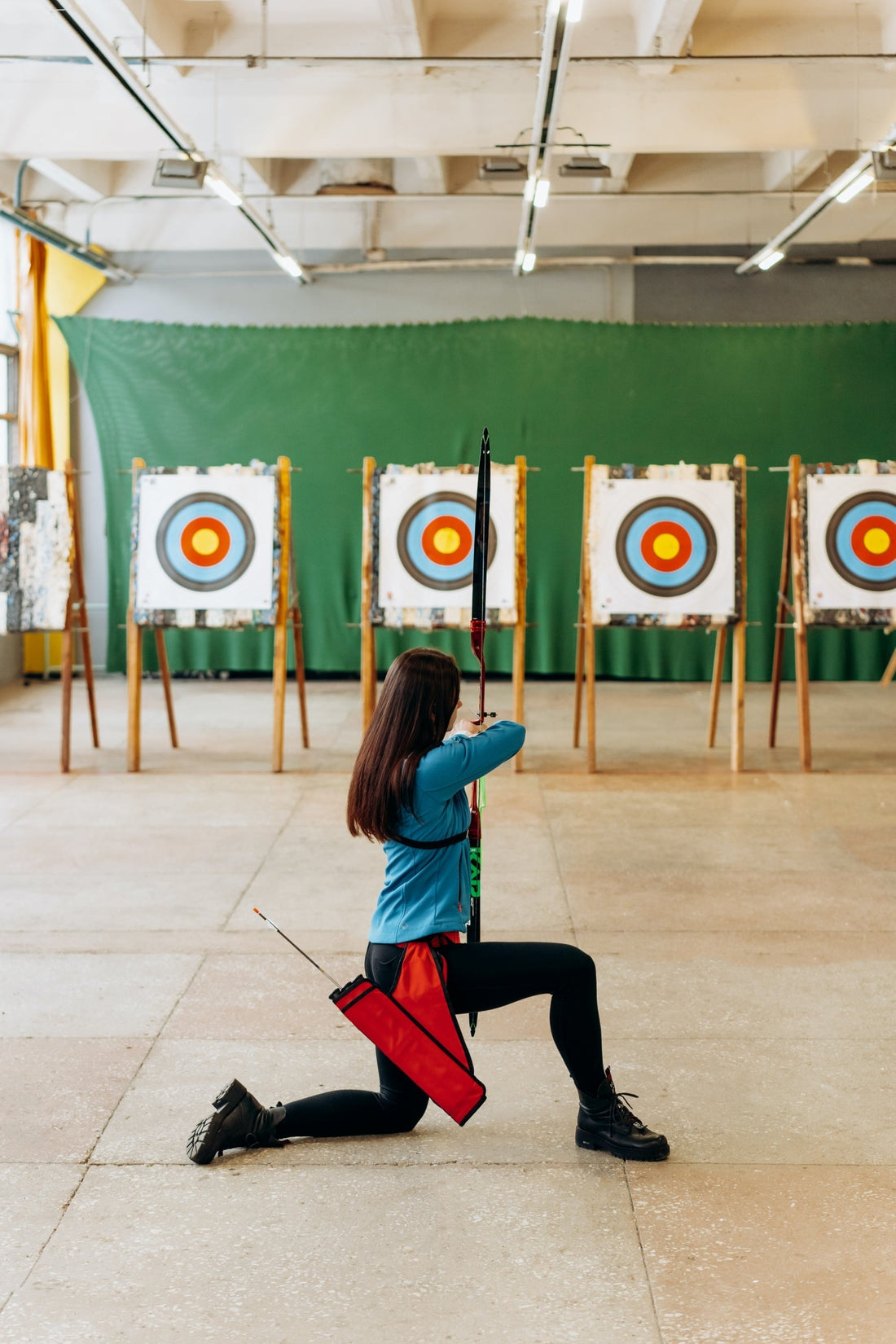
Improving Your Archery Accuracy
Archery might sound archaic or medieval in a 21st century world, but it is still a leisurable hobby for many and a skill that requires astute accuracy. At Topoint Archery, we pride ourselves in being an archery shop with the ability to provide you with the top-quality archery supplies. Moreover, at Topoint Archery, one of the few archery shops in Melbourne, we also offer new archery supplies every year. A common conundrum many archers encounter especially beginners is that although you may find yourself equipped with quality archery supplies from bows, arrows, accessories, it is all for naught however if you are unable to precisely wield them and boast of your archery prowess. Below we will outline a few factors to keep into consideration the next time you aim with your bow and help you improve to get a bullseye.
1. Anchor point
The anchor point is an area on your face that your bow string hand should touch when you’re at full draw. This is more noticeable when you draw the bow, and it comes close to your face. The anchor point is crucially, because having an area to routinely draw allows you to aim with consistency. Without an anchor point, it is impossible to consistently hit a target.
When you draw your bow to its limit or more known as ‘full draw’ you must find at least two points where you can anchor the string and your hand every time you draw your bow. These two points change per person, but generally for beginners it should be the corner of your mouth. In other words, when you’re at full draw, the index finger on your draw hand should touch the corner of your mouth. It’s a good spot for beginners, because it’s easy to remember, easy to reach, and easy to reach time after time.
2. Stance
One of the most crucial aspects of archery is to maintain a form where your side is pointing at the target. Not only is a stance important in maintaining balance, consistent accuracy, but also minimise the risks of injury. A basic stance should encompass the following:
Feet pointing perpendicular to the target and a little less than shoulder width apart. Depending on which hand you are dominant with you either have left foot in front and right foot behind for right hand. If you are left hand dominant, then right foot in front with left foot behind. The reason you want to stand this way is because it allows for the greatest stretch, so you can reach the full draw potential, and helps you to avoid letting the string creep forward on you before you let go, giving you the maximum speed from your bow.
3. Grip
Gripping the bow has a big effect in determining the arrow’s course of trajectory. Strength and how you hold of the bow handle are the two factors for grip.
The best way to hold your bow is to put the centre of the handle running down the muscle right under your thumb. You then want to place your 4 fingertips on the front of the handle
You want to grip the bow to keep it firm in your hands. The most common problem with tightly gripping is that the bow will twist either left or right which causes the arrows trajectory to be erratic, ending in missing the mark you aimed for.
Conclusion
Archery is a skill that not only requires proper adequate equipment but also having consistent and precise aim. If you are a beginner or veteran archer, come on over at Topoint Archery and get your archery supplies ready to hit some bullseye!
